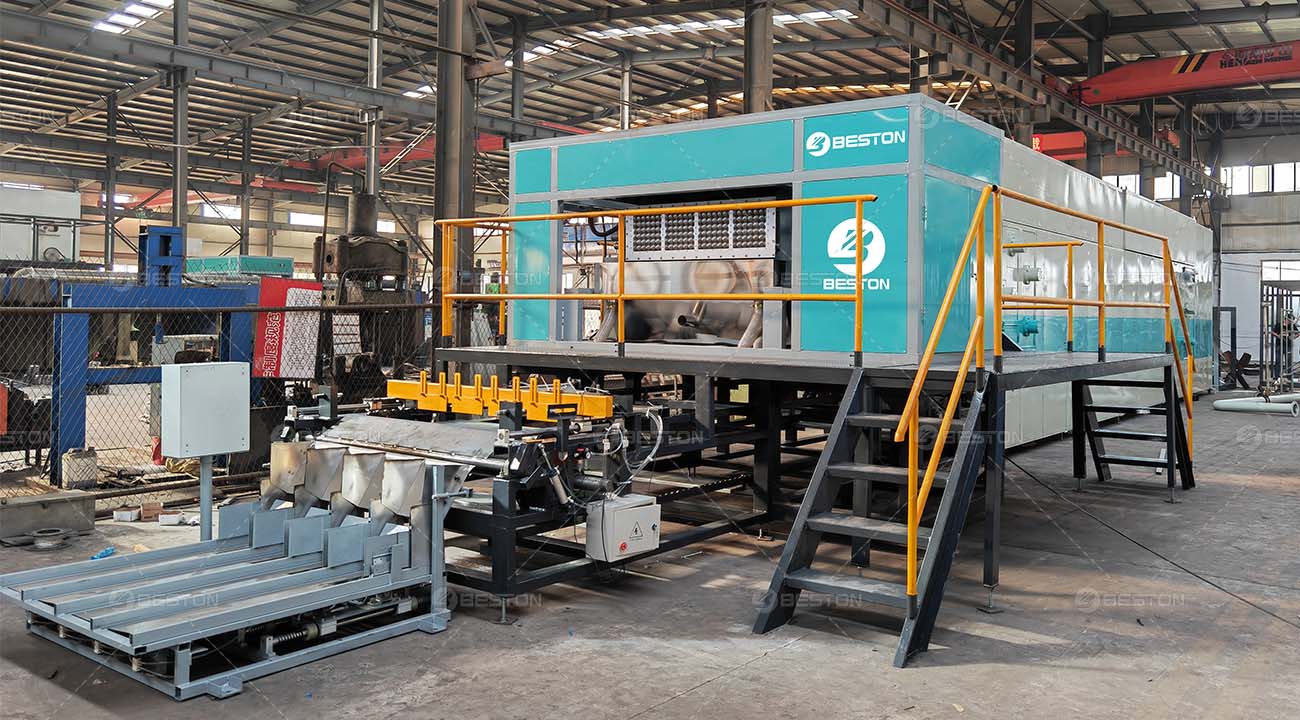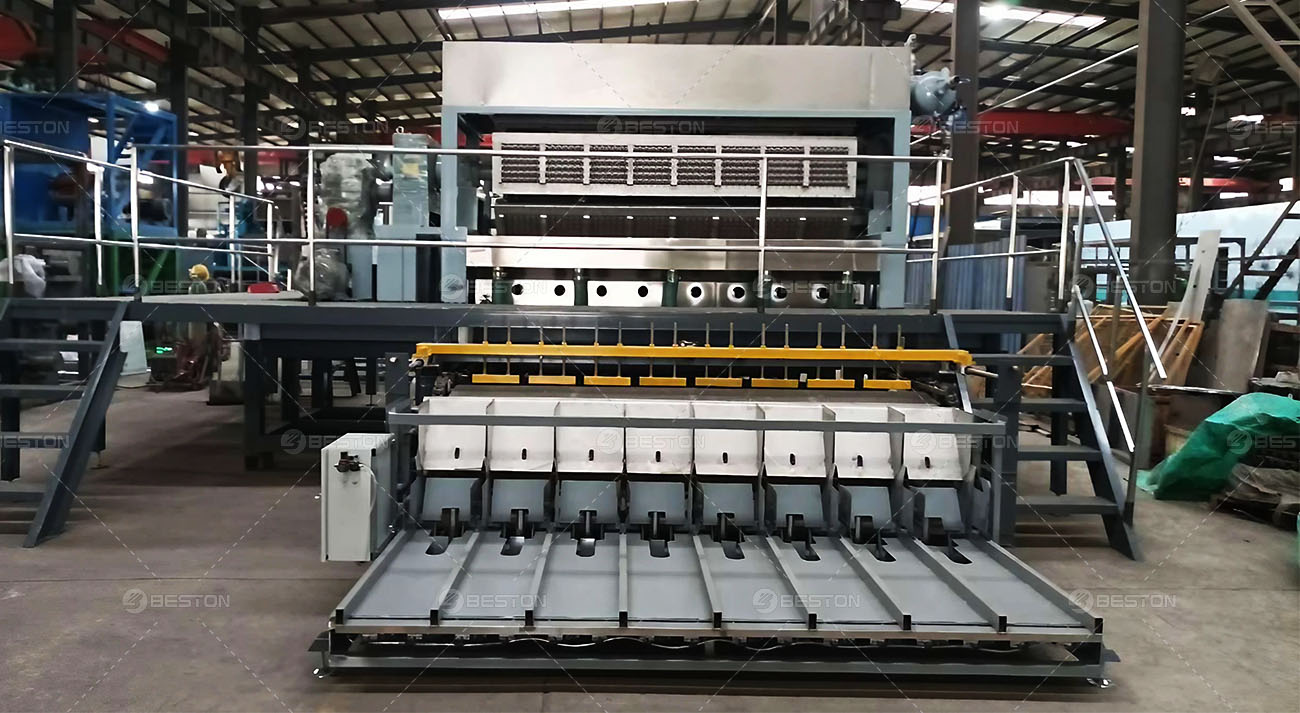The Impact of Egg Tray Maker Machine Automation on Price
Introduction
The advancement of automation technologies has revolutionized various industries, and the egg tray manufacturing sector is no exception. The integration of automation into egg tray maker machine has significantly influenced production costs, operational efficiency, and market pricing. This article explores how automation in egg tray maker machines affects their pricing, focusing on cost reduction, production scalability, and market competitiveness.

Automation and Cost Reduction
Automation in egg tray maker machines has brought about substantial reductions in production costs. Traditional egg tray production methods relied heavily on manual labor, resulting in high labor costs and inconsistent quality. Automation mitigates these issues by employing advanced technologies such as robotics and automated control systems.
Automated egg tray maker machines streamline the production process through precise control and minimal human intervention. Key processes, including pulp molding, drying, and stacking, are executed with high precision and speed. This efficiency reduces the time required for production and minimizes the need for manual oversight, leading to significant cost savings in labor.
Furthermore, automation enhances material utilization. Automated systems can optimize the use of raw materials, reducing waste and lowering material costs. This improved efficiency translates into a lower pulp molding machine price, allowing manufacturers to offer competitive pricing in the market.
Scalability and Production Efficiency
The scalability of egg tray maker machines is another crucial factor influenced by automation. Automated systems can adapt to varying production volumes with ease, accommodating both small-scale and large-scale operations. This flexibility is particularly advantageous for manufacturers looking to expand their production capacity without incurring proportional increases in costs.
Automated egg tray maker machines are equipped with advanced features such as adjustable mold sizes and variable production speeds. These features allow manufacturers to tailor their production processes to meet market demand efficiently. As a result, manufacturers can scale their operations up or down quickly, optimizing production efficiency and reducing overhead costs.
In addition, automation enhances production consistency and quality control. Automated systems ensure uniformity in the production of egg trays, minimizing defects and ensuring high-quality output. It is worth mentioning that the bagasse tableware making machine even uses a robotic arm to manufacture pulp molded products. Consistent quality reduces the need for rework and waste, contributing to cost savings and competitive pricing.
Market Competitiveness
The impact of automation on egg tray maker machine pricing extends to market competitiveness. Automated systems provide manufacturers with a competitive edge by enabling them to produce high-quality egg trays at lower costs. This advantage is particularly significant in markets with intense competition and price sensitivity.
Manufacturers who invest in automated egg tray maker machines can offer competitive pricing while maintaining profitability. Lower production costs enable manufacturers to pass on savings to consumers, making their products more attractive in the marketplace. Additionally, the ability to scale production efficiently allows manufacturers to respond quickly to market changes and demand fluctuations.
The adoption of automation also positions manufacturers as industry leaders in technological innovation. Automated systems often incorporate cutting-edge technologies such as machine learning and artificial intelligence, further enhancing production efficiency and product quality. This technological leadership can enhance a manufacturer’s reputation and market position. Therefore, it is crucial to find a reliable egg carton making machine supplier.
Challenges and Considerations
While automation offers numerous advantages, it is not without challenges. The initial investment in automated egg tray maker machines can be substantial, and manufacturers must carefully assess the return on investment (ROI). Additionally, the integration of automation requires technical expertise and ongoing maintenance to ensure optimal performance.

Manufacturers must also consider the impact of automation on their workforce. While automation reduces the need for manual labor, it may require skilled technicians for machine operation and maintenance. Balancing automation with workforce requirements is essential to ensure a smooth transition and sustained operational efficiency.
Conclusion
The integration of automation into egg tray maker machines has had a profound impact on pricing in the egg tray manufacturing industry. By reducing production costs, enhancing scalability, and improving market competitiveness, automation has transformed the way egg trays are produced and priced. While challenges exist, the benefits of automation in terms of cost reduction, efficiency, and market positioning are substantial. As technology continues to advance, the role of automation in shaping the future of egg tray production will likely become even more significant.